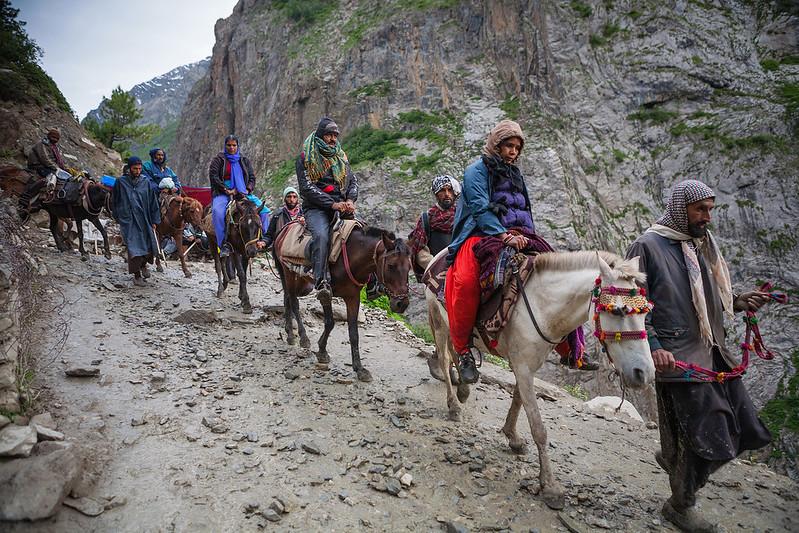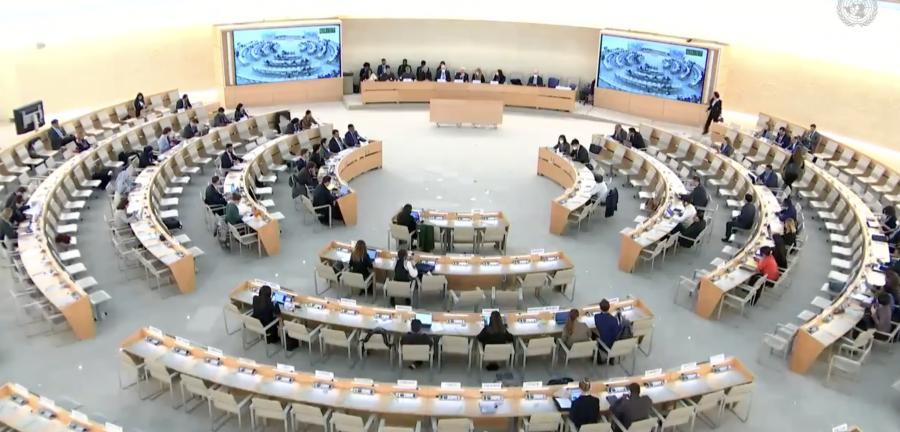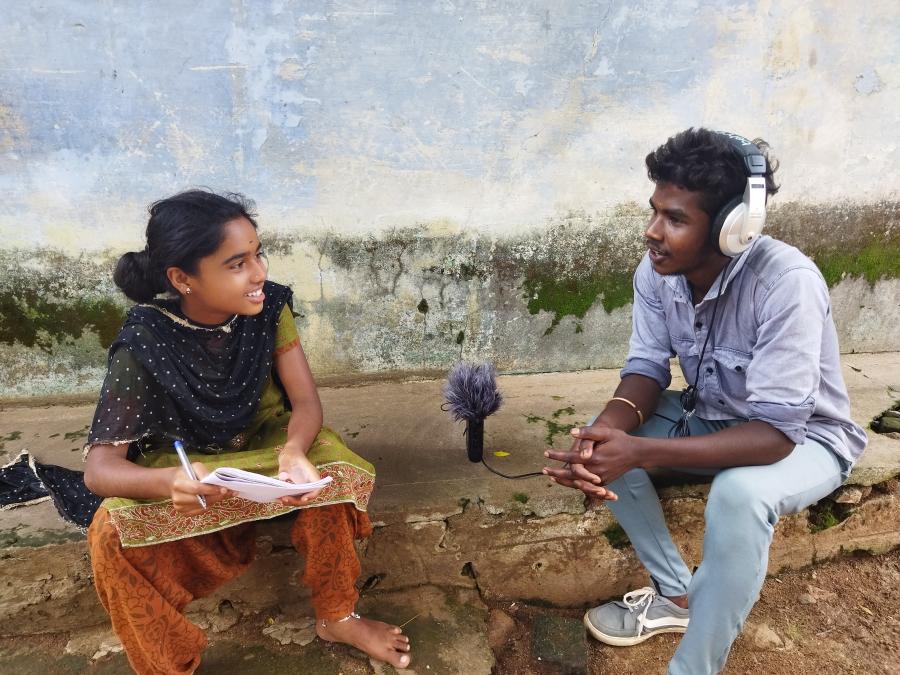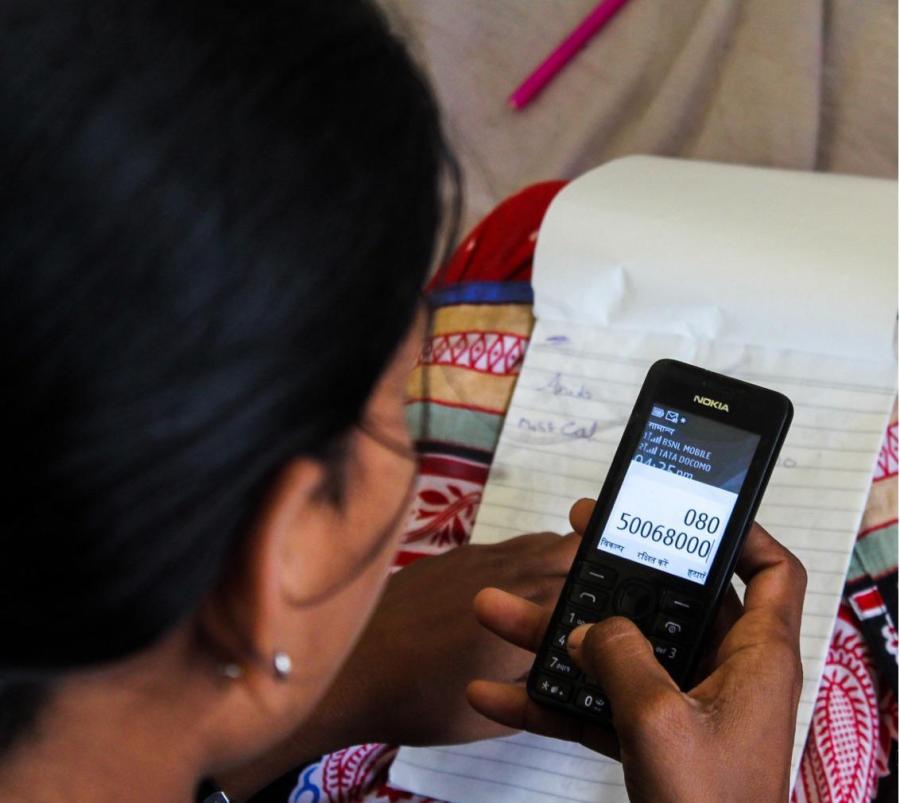
By Hani Abidi
112 days. That is how long it has been since the government of India stripped Kashmir of its autonomy by revoking Articles 370 and 35A. 112 days of silence from the region, since India imposed a communications blackout that still has not been lifted. 112 days since 8 million Kashmiris have been cut off from the rest of the world by the “largest democracy on earth.” 109 days since India sent thousands of additional troops to Kashmir, already the most militarized zone in the world.
Pharmacies are running out of medicine, households are low on food, and hospitals are filled with injured protesters. However, the right wing prime minister of India Narendra Modi insists this is all for the greater good, not just for Kashmiris but for all of India. Except he did not give Kashmiris a choice in the matter, instead making a decision for a region that has long contested being part of any country, let alone India.
Article 370 in the Indian constitution gave special status to Jammu and Kashmir. The region of Kashmir has been a subject of dispute between India, Pakistan, and China and has been divided by the three countries; Pakistan controls the northwest portion, China controls the northeastern portion, and India controls the central and southern portion. Kashmiris have called for an independent state, separate from India and Pakistan, but both countries have ruled the option out. Instead, prior to revoking Article 370, India exempted Jammu and Kashmir from the Indian constitution, allowing the territory to make its own laws in all matters except communications, foreign affairs, and defense. Kashmir established a separate flag and constitution and denied property rights in the region to non-Kashmiris. Residents of the state lived under different laws from the rest of India in matters concerning property ownership and citizenship.
Article 35A of the constitution allows the legislature of Indian-administered Kashmir to define the state's "permanent residents.” It applies to all of Indian-administered Kashmir, and all identified residents are issued a permanent resident card, which qualifies them for special benefits that include employment and scholarships. The biggest advantage for residents is that only they have the right to own and buy property in the state. No outsider can work or get a state job in Kashmir, which protects the Kashmir’s special status and distinguishes identified residents from non-Kashmiri’s.
However, after both articles were revoked, India declared all provisions of the Indian constitution apply to Kashmir and the previous special provisions are invalid. This is a huge deal, and it is not the first time the government of a nation-state has violated the Kashmiri people. It is important to examine the history of the conflict between Kashmir and its neighbors and see how we got to where we are today. Let us take it back to the days of the partition, a period in 1947 that divided British India into two states, India and Pakistan. Most states in the countries aligned with one nation or another, however, the governor of Kashmir Hari Singh wanted independence.
During the partition however, in November 1947, thousands of Muslims were massacred in Jammu by mobs and paramilitaries led by the army of Hari Singh. According to Idrees Kanth, a student at the international school of Amsterdam, “the immediate impact (of partition) was in Jammu. The Muslim subjects from different parts of Jammu province were forcibly displaced by the Dogra Army in a program of expulsion and murder carried out over three weeks between October-November 1947.” Historians declare the massacre carried out by the Hindu ruler's army and Sikh army "state sponsored genocide" to shift demographics.
Five days after the Jammu killings, Tribal militias from Pakistan’s North Western Frontier Province (now known as the province of Khyber Pakhtunkhwa), where many of the Jammu Muslims had family ties, invaded Kashmir. As the army of tribesmen flooded into Kashmir, Singh asked for India’s help on the matter. India agreed on one condition – that Kashmir would have to accede to receive military assistance, consequently becoming part of the new country. Hari Singh obliged, India proceeded to send an army to fight the tribesmen, and Kashmir was later given special status within the Indian constitution.
The status guaranteed Kashmir’s independence in all matters except defense, communications, and foreign affairs. After the massacre, fighting against the tribesmen of Pakistan and the Indian army turned to an all-out war. India sought resolution on the issue at the United Nations Security Council, which in turn led to the passing of Resolution 48 in 1948. Not only did New Delhi and Islamabad agree to a ceasefire, the resolution recommended a three-step process to resolve the dispute. In the first step, Pakistan was asked to withdraw all Pakistani nationals that entered Kashmir during the attempted invasions. In the second step, India was asked to decrease its forces to the minimum level in order to maintain law and order. In the third step, India was asked to appoint an administrator nominated by the United Nations who would conduct a non-biased referendum on Kashmir.
However, India and Pakistan objected the resolution, with the exception of a mediation by the UN, which both countries welcomed. The results of the mediation concluded with the commission unanimously adopting a three-part resolution. Part one was a ceasefire between the two countries in Kashmir. Part two was a truce agreement between India and Pakistan, calling for a total withdrawal of Pakistani forces and India reducing its forces to the minimum required to maintain law and order. Part three was the countries entering an agreement with the Commission for deciding the future of region, with the consideration of the Kashmiri people. India gained control of about two thirds of Kashmir and Pakistan gained control of the remaining third.
Peace did not last however, and Pakistan and India went to war over Kashmir again in 1965. Prior to the start of the conflict, in December 1963 news broke that a holy relic was stolen from the Hazratbal Shrine. Pakistan took advantage of the dissent and launched Operation Gibraltar, which was designed to infiltrate forces into Kashmir whose purpose was to spark public outcry against the Indian government. India responded by launching a military attack on Pakistan, and the war lasted 17 days, with thousands of people dying on both sides. The conflict ended after a United Nations ceasefire was declared after both the United States and Soviet Union intervened. Looking back on the conflict, it is seen as a defeat for Pakistan as they did not accomplish their goal of uniting the Kashmiri people to revolt against Indian rule.
Among Kashmiris, nationalism began to grow in the state. No regard was given to the toll war was having on the inhabitants of Kashmir, they were and are quite literally, caught in the middle. They have been caught in the middle between two countries that declare the state completely belongs to one, not the other. In 1955, a political party by the name of the Plebiscite Front was formed by Mirza Mohammad Afzal Beg, lieutenant of Sheikh Abdullah, the former prime minister of Kashmir. They called for a plebiscite, or referendum, to determine whether the state should be a part of India, Pakistan, or just be completely independent. They rightfully believed the future of Kashmir was not in the hands of India or Pakistan, but in the hands of Kashmir.
In 1972, following the war between Pakistan, India, and the newly formed country of Bangladesh, Pakistan and India signed the Simla Agreement. It followed after the independence of Bangladesh, which was called East Pakistan after the 1947 partition, however the country fought for self-determination and language rights, which lead to the Pakistani army leading a campaign of genocidal rape. India entered the war as an ally of Bangladesh and this led to another war between the two countries. After the war was over and Bangladesh was created however, India and Pakistan decided to create the agreement as a way to promise each other that whatever issues they had, they would solve peacefully without resorting to war. The agreement also stated that the “Line of Control” – the line that refers to the military control line between the Indian and Pakistani controlled parts of Kashmir – will be respected.
In 1989 however, insurgency in Indian-occupied Kashmir rose. After the 1987 elections in the state were deemed rigged by the Muslim United Front (MUF), a coalition of Kashmiri political parties, this sparked the unrest that continues to this day. Farooq Abdullah, was the candidate for the National Conference-Indian Congress election. He is also the son of Sheikh Abdullah, the patron of the Plebiscite Front, who was Kashmir’s second pre-partition prime minister. Later in his life, Sheikh Abdullah made an alliance with India’s congress, something that made his former popularity tank. Many of his supporters turned against him, the man who once fought for a referendum to take place on Kashmir and wanted the future of Kashmir to be decided by the Kashmiri people was no longer the same. This resulted in distrust of his son as well, and according to BBC, "Kashmiri youth participated in the 1987 elections with great enthusiasm and seriousness and after due thought. But the poll results fired them with anger. They decided to fight violence with violence."
Militants began an uprising in Indian-occupied Kashmir against the Indian government. As a result, the Indian government brings Kashmir, wracked by widespread Muslim freedom unrest, under its direct control. The State legislature was suspended and the government is sacked. Protests and demonstrations are held, one on January 20, 1990 where 30 people are killed. The world was watching and as the United Nations attempted to interfere in what was a violation of Kashmiri peoples’ rights, India barred them from an official visit. Amnesty International was also barred. Kashmiris continued to protest and by March, one million people were protesting in the streets of Srinagar. The police were ordered to shoot on sight and forty people were killed.
BBC also reported that Khem Lata Wukhloo, who was a leader of the Congress party at the time, admitted the widespread rigging in Kashmir, saying “I remember that there was a massive rigging in 1987 elections. The losing candidates were declared winners. It shook the ordinary people's faith in the elections and the democratic process.”
The Kashmiri people were fed up. After being caught repeatedly throughout generations in a fight between two countries who insisted on their ownership of the state, they were finished. India’s actions after the 1987 elections have led to an estimated 100,000 civilian deaths since 1989. The Indian Army has been accused of human rights abuses against the Kashmiri people, and Kashmir has become the most militarized zone on the face of the planet. Kashmiris have accused the army of intimidation by force and violence, especially during the recent crackdown that has still not been lifted.
The Associated Press conducted more than 50 interviews with residents in a dozen villages in Kashmir. They revealed that the military “had raided their homes since India's government imposed a security crackdown…They said the soldiers inflicted beatings and electric shocks, forced them to eat dirt or drink filthy water, poisoned their food supplies or killed livestock, and threatened to take away and marry their female relatives. Thousands of young men have been arrested.” The Indian Army dismisses these allegations however, calling the villagers’ claims baseless, adding that the Indian Army valued human rights.
What India has done in Kashmir, revoking the state’s autonomy, is strikingly similar to what they are doing in the Indian state of Assam. Assam is a state in northeastern India known for its wildlife, tea, and silk. More recently however, it has also been known as a point of contention for the Indian government. According to CNN, in August, nearly 2 million people in India's northeast Assam “have been left off a massive list of Indian citizens in the state… The controversial new National Register of Citizens (NRC) excludes 1.9 million of the state's population of 33 million.”
The register's supporters say it will expel undocumented immigrants, critics of the report however, view it as an attempt to deport millions of Muslims. Ever since Narendra Modi was elected, Islamophobia and hate crimes against Muslims have skyrocketed. According to NPR, “there's been a series of violent attacks on minorities, especially Muslims. The attackers often accuse their victims of smuggling beef. Now, beef is illegal in many Indian states because cows are sacred to Hindus. Videos of these brutal beatings have gone viral on social media. But for the most part, the attackers are not being punished.” This is important because Indian-occupied Kashmir is the country’s ONLY Muslim majority state. A state that abuses its own religious minorities and abuses the rights of Muslims in Kashmir is not a state whose word can be trusted.
What is and has been going on in Kashmir is not only a threat to Indians all over India, it is a threat to Indigenous people all over the world. Though many news outlets have stopped talking about what is still happening in Kashmir, some fear India’s actions will escalate to state-sanctioned genocide. Many countries throughout history have a history of persecuting the Indigenous people of their land, but India is truly unique in this regard. Not only have they continued to silence the voices out of Kashmir for decades, but they continue to get away with it without any international intervention. 112 since the start of the crackdown, and Kashmiri people are losing hope it will be lifted anytime soon.
Cultural Survival joins human rights organizations in urging U.S. legislators to pass House Resolution 745 to stop the internet clampdown in Kashmir.
Photo by sandeepachetan.com.



